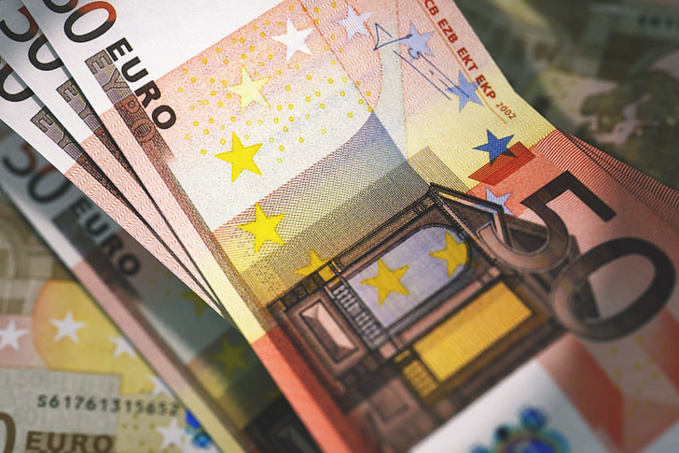S&P Global's early estimates indicate that after reaching a high of 49.9 points in June, the composite PMI (leading indicator of GDP dynamics) fell to 48.9 points in July, the lowest level in eight months. Analysts anticipated a drop to 49.7 points that would be less abrupt. The indicator’s value above 50 points denotes an expansion of activity, and the value below means decrease in the same.
The services sector index declined in July to 51.1 points, which is the lowest level since January of this year (the index was 52 points in June; the expected value was 51.5).
The index of industrial activity dropped to 42.7 points, a three-year low (43.4 points a month ago, forecast: 43.5) due to lower demand and fewer export orders.
The third quarter will likely see increased risks of a decline in the euro zone's GDP, according to Oxford Economics experts. S&P Global forecasts that the ECB will continue to tighten monetary policy and, as anticipated, raise key rates by 25 basis points at its meeting on Thursday, despite the drop in economic activity and some easing of the inflationary pressure on prices.
source: oxfordeconomics.com
The services sector index declined in July to 51.1 points, which is the lowest level since January of this year (the index was 52 points in June; the expected value was 51.5).
The index of industrial activity dropped to 42.7 points, a three-year low (43.4 points a month ago, forecast: 43.5) due to lower demand and fewer export orders.
The third quarter will likely see increased risks of a decline in the euro zone's GDP, according to Oxford Economics experts. S&P Global forecasts that the ECB will continue to tighten monetary policy and, as anticipated, raise key rates by 25 basis points at its meeting on Thursday, despite the drop in economic activity and some easing of the inflationary pressure on prices.
source: oxfordeconomics.com


















